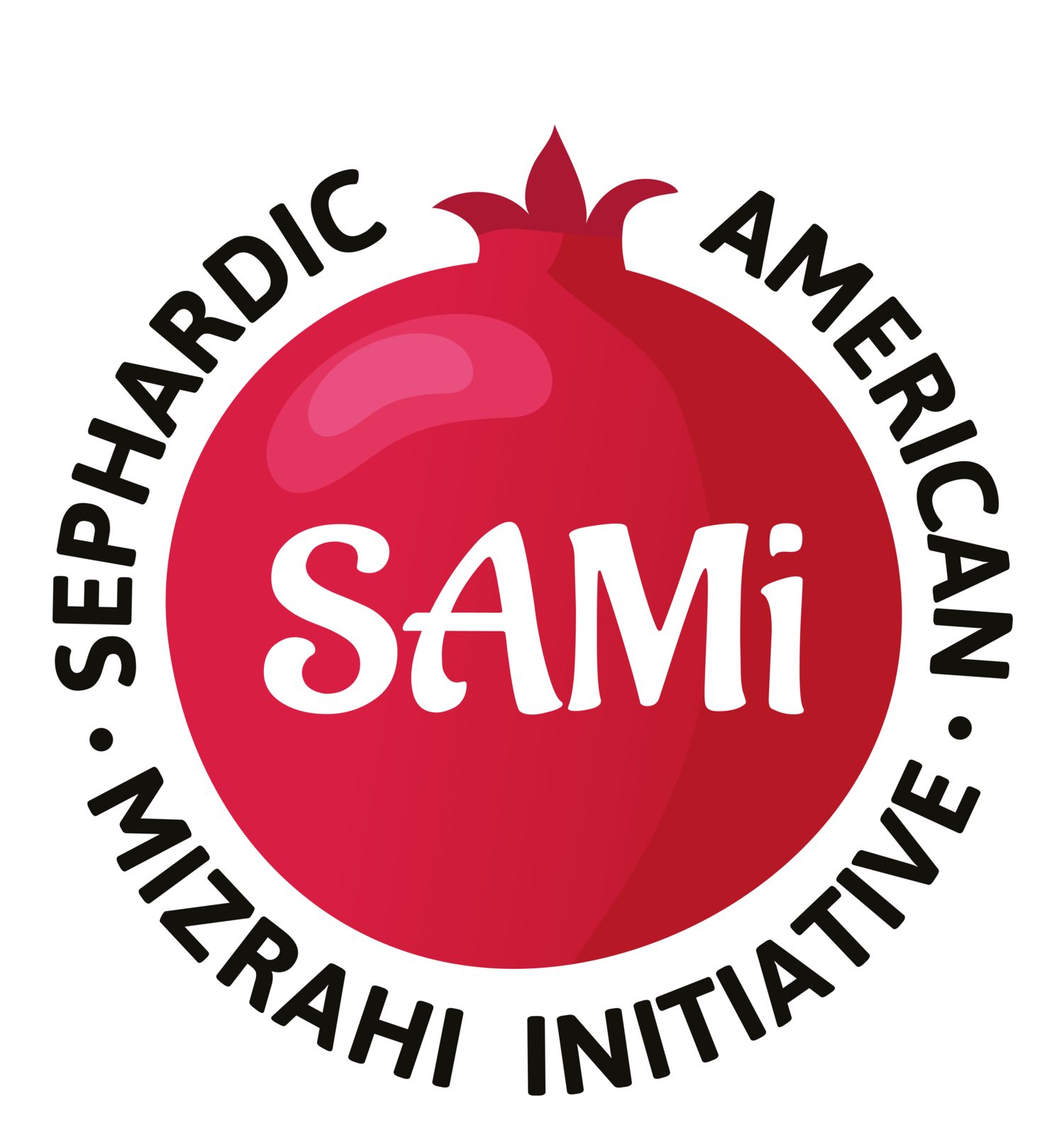As a Mizrahi Jew, I struggled for a long time
As a Mizrahi Jew, I struggled for a long time with how to define my cultural and religious identity. Before I got to college, the words “Mizrahi” and “Sephardic” weren’t even in my vocabulary. I lacked the language and thus the knowledge of these vibrant Jewish communities to which I belonged.
That’s why taking on the role of president of the first Sephardic American Mizrahi Initiative (SAMi) at the University of California, Santa Barbara (UCSB) changed the course of my college experience and how I viewed myself as both a leader and a Mizrahi Jew.
I grew up in a suburb of Los Angeles where I was one of many Jews, but one of very few “Jews of color.” I am Yemenite Jewish on my mom’s side and Ashkenazi Jewish on my dad’s side, but in school– my peers assumed I was everything but Jewish. The truth was that they knew a lot of Jewish people, and I didn’t look like any of them. They had never heard of the foods I grew up eating or the unique customs my mom decorated our childhoods with.
Although I am forever grateful for my hometown’s Jewish community, there were times where I also felt lonely and isolated within it. That’s why I took my role as president of SAMi so seriously. I wanted to create the space for Mizrahi and Sephardic students on my college campus that I wish I had in high school. I wanted to create a Jewish community that was more inclusive, diverse, and representative than the one I had growing up.
After October 7th, my campus university, like many others, became a breeding ground for rampant antisemitism disguised as social justice. Everyday for months, I walked by signs reading Stop killing brown people and End white colonialism. When Jewish students put up pictures of our hostages, within 24 hours the posters were defaced with the words “F*** white supremacy.”
The message from my peers was clear: Jews and Israelis are racist European settlers committing ethnic cleansing.
Great. What did that make me? Or all of my friends whose grandparents and parents were driven out of the Muslim world– who escaped countries like Iran, Iraq, Yemen, and Morocco? And what did that say about all of us who descend from Holocaust survivors? Did their “white skin” protect them then? Did they suffer any less?
In an attempt to protest against what they perceived to be oppression and injustice in this world, the pro-Palestine movement at my university completely erased the existence of Mizrahi and Sephardic Jewish students, rewriting our histories and invalidating our stories. Like many others, I felt outraged. I also felt guilty. I thought it was my responsibility, as a Mizrahi leader on my campus, to educate these student groups. I wanted to use SAMi to disprove their baseless narrative. After a particularly loud protest on campus, I called my sister in a fit of frustration. I asked her How do I get these people to understand? Her advice to me was Don’t. She said that instead of wasting time and resources trying to convince people obsessed with race and blinded by ignorance and arrogance, I was better off using my energy within my own community. I realized she was right. And so I did.
Tabling to gain interest in SAMi.
I channeled all of my frustrations into planning Mizrahi and Sephardic programming for the people that SAMi is actually meant to serve, support, and empower. When I first accepted the position of president, my goal was simple: I wanted to create a space on campus where people from Mizrahi and Sephardic backgrounds could feel welcome and seen in their identities. And where people of different backgrounds could learn about and interact with our culture. Our club hosted cultural nights, concerts to showcase traditional Ladino music, and shabbat dinners where I took the foods I’d only ever eaten in my family’s kitchen and cooked them for almost 200 people. These dishes, which were familiar to some students and completely foreign to others, represented a beautiful way for people to connect through different cultures. During one Sephardic Shabbat, a Moroccan Jew told me he felt like he was right back at his grandma’s house while a Russian Jew, who never tried Yemenite food in his life, told me my marak teymani was the best soup he ever had. These were the moments and memories I wanted the club to create for students. This is what made SAMi such a success in my eyes.
Moroccan mimouna celebrations: Wearing my aunt’s traditional Moroccan kaftan
But out of all the events SAMi UCSB hosted, by far my pride and joy was bringing the magic of Moroccan mimouna celebrations to my community. Wearing my aunt’s traditional Moroccan kaftan and frying mouflettas for 100 people, I realized there were still those who would call me a white colonizer. And what initially hurt wasn’t that they labeled me as something I’m not, but that they refused to see me for who I am. SAMi reaffirmed my identity as a Mizrahi Jew, and I no longer feel the need to prove that to anyone.
Leading the Sephardic American Mizrahi Initiative for the past two years was an empowering and oftentimes healing experience for me. I used to think my Yemenite heritage detracted from my Jewish identity, but by strengthening the Sephardic and Mizrahi community at my university, I strengthened my own relationship with my Judaism.
Leenoy Margalit is a Yemenite-Ashkenazi Jew (one of those delightful half-half situations) from Southern California and now living in Israel. She is an Environmental Studies major but writing is her all-consuming side passion. Leenoy was a 2020-2021 Alma College Writing Fellow. You can read more of her work at heyalma.



